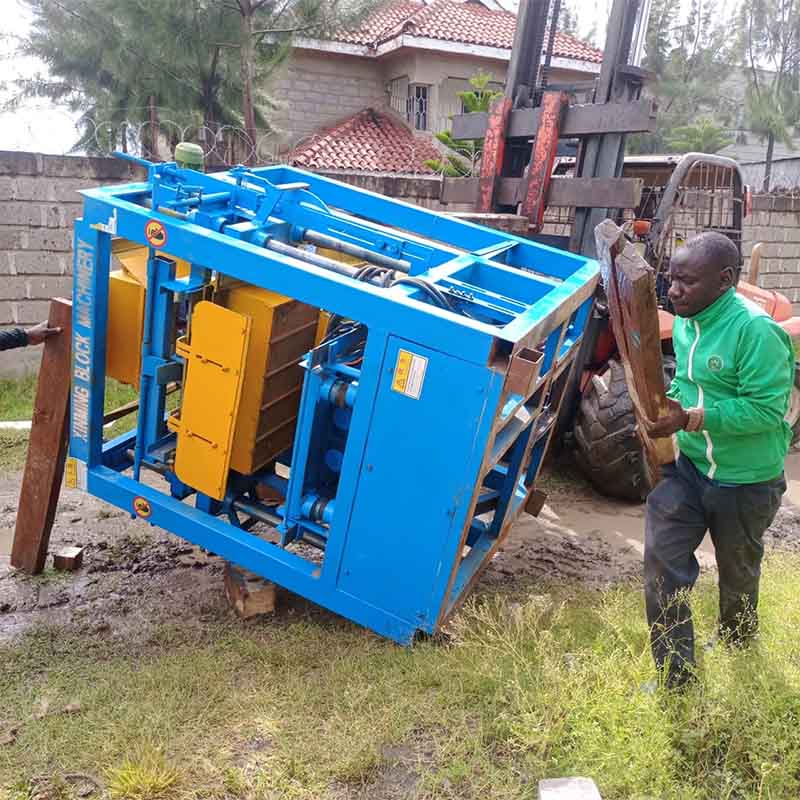
Title: **Strategies for Overcoming Technological Obsolescence in Full-Automatic Machines**
Introduction:
In the fast-paced landscape of manufacturing, the specter of technological obsolescence looms large, especially in industries relying on full-automatic machines. These machines, critical for efficiency and productivity, can become outdated due to rapid technological advancements. To navigate this challenge, businesses must adopt proactive strategies to overcome technological obsolescence and ensure the longevity and relevance of their full-automatic machines.
1. **Continuous Monitoring and Evaluation:**
One of the primary strategies to combat technological obsolescence is continuous monitoring and evaluation of the full-automatic machines in use. Establish a dedicated team responsible for tracking technological advancements, assessing the current capabilities of machines, and identifying potential areas for improvement. Regular evaluations help companies stay informed about emerging technologies and make informed decisions about when to upgrade or replace existing equipment.
2. **Modular Design and Upgradability:**
When investing in full-automatic machines, prioritize those with modular designs that allow for easy upgrades. Machines designed with modularity in mind enable businesses to replace specific components or add new features without overhauling the entire system. This approach not only extends the lifespan of the machines but also ensures that they can adapt to evolving technological standards.
3. **Invest in Future-Proof Technologies:**
Anticipate future technological trends and invest in full-automatic machines that incorporate “future-proof” technologies. This involves choosing machines that are compatible with emerging standards and have the potential for seamless integration with upcoming innovations. By aligning investments with long-term industry trends, businesses can delay the onset of obsolescence and maintain a competitive edge.
4. **Regular Software Updates and Maintenance:**
Technological obsolescence is not limited to hardware; software plays a crucial role as well. Full-automatic machines often rely on sophisticated software systems for control and automation. Regularly update and maintain the software to ensure compatibility with the latest technologies, security patches, and industry standards. This practice not only enhances performance but also guards against the risks associated with outdated software.
5. **Collaboration with Technology Partners:**
Establish strategic partnerships with technology providers and suppliers. Collaborating with these partners can provide valuable insights into upcoming technologies, market trends, and potential upgrades for full-automatic machines. Technology partners can also offer support in the form of training, maintenance, and customized solutions to keep machines current and effective.
6. **Employee Training and Skill Development:**
Technological advancements are often accompanied by changes in skill requirements. Ensure that your workforce is well-trained and adaptable to new technologies. Invest in ongoing training programs to keep employees abreast of the latest developments in full-automatic machine operation, maintenance, and troubleshooting. A skilled workforce is a key asset in maximizing the potential of existing equipment.
7. **Create a Technology Roadmap:**
Develop a comprehensive technology roadmap that outlines the lifecycle of your full-automatic machines and planned upgrades. This roadmap should consider factors such as market trends, regulatory changes, and the expected lifespan of existing technologies. Having a clear plan in place allows businesses to allocate resources efficiently and make well-informed decisions about when and how to upgrade their machines.
8. **Diversification and Flexibility:**
Diversify your manufacturing capabilities and remain flexible in your approach. Rather than relying solely on a single type of full-automatic machine, consider a diversified portfolio that allows for adaptability to changing technological landscapes. This approach provides a safety net against the rapid obsolescence of specific technologies.
Conclusion:
Overcoming technological obsolescence in full-automatic machines requires a proactive and strategic approach. By embracing continuous monitoring, investing in modular and upgradable designs, staying informed about future technologies, and fostering collaboration with technology partners, businesses can navigate the challenges posed by rapid technological advancements. The key lies in adaptability, foresight, and a commitment to keeping both hardware and software components of full-automatic machines current in the ever-evolving landscape of industrial automation.
